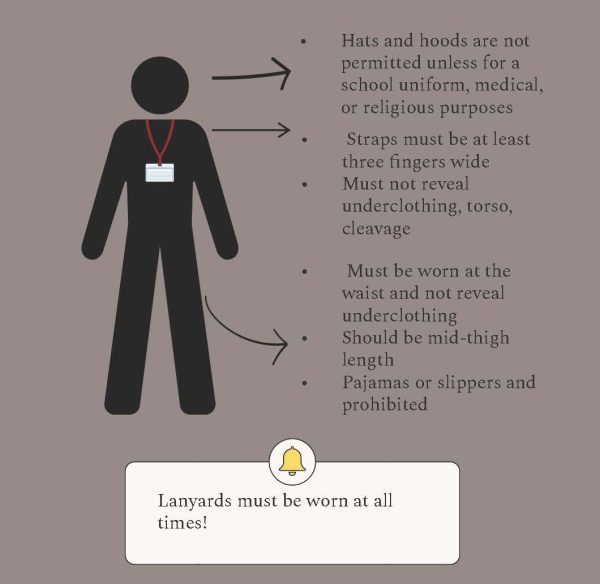What’s Next in Oil?
Predictions about the oil and gas industry
Oil prices suffered a severe drop in 2014. How will the industry recover?
The oil industry is very prevalent in the Houston area; the oil price collapse of 2014 greatly impacted families and businesses alike. To reduce expenditures, oil companies laid off around 400,000 workers, leaving thousands of families in the Houston area without income, and major projects that did not appear profitable enough were cut. However, oil prices are back on the climb, going from $25 a barrel to $50 a barrel in 2016. Here are a few business models that might rise in the oil industry between now and 2020, according to experts at PwC.
- With the recent drop in oil prices, companies are seeking plans that will be profitable in a variety of price scenarios. Typically, the growth of production and reserves is top priority for oil companies, but with the shockingly low prices and the strong possibility that interest rates and debt will increase, profit interest has been elevated to priority status.
- In recent years, oil companies have been using diverse and unconventional methods of production. Even though the major companies try to participate in all environments, smaller companies that are specialized to these unconventional methods will be more successful with them.
- In earlier years, a single company would discover and develop an oil field and operate it until it is depleted. However, the oil industry is evolving into smaller, more specialized companies collaborating with each other. These alliances utilize changes in ownership designed to ensure that the company most able to extract value will manage the field in the most important stages of its life.
- Companies will begin exploring digital technology in order to improve their performance. For example, robotics will become more and more common, being used for complex and repetitive tasks such as connecting pipes and replacing broken machinery.
- All of this downsizing scares away new recruits and deprives the industry of skilled veterans. As a result, it is necessary to recruit younger talent. Younger employees are less into traditional workplaces and more into collaboration and communication. These new recruits will provide new ideas that will make the future easier to navigate.
Your donation will support the student journalists of Cypress Woods High School. Your contribution will allow us to purchase equipment and cover our annual website hosting costs.





